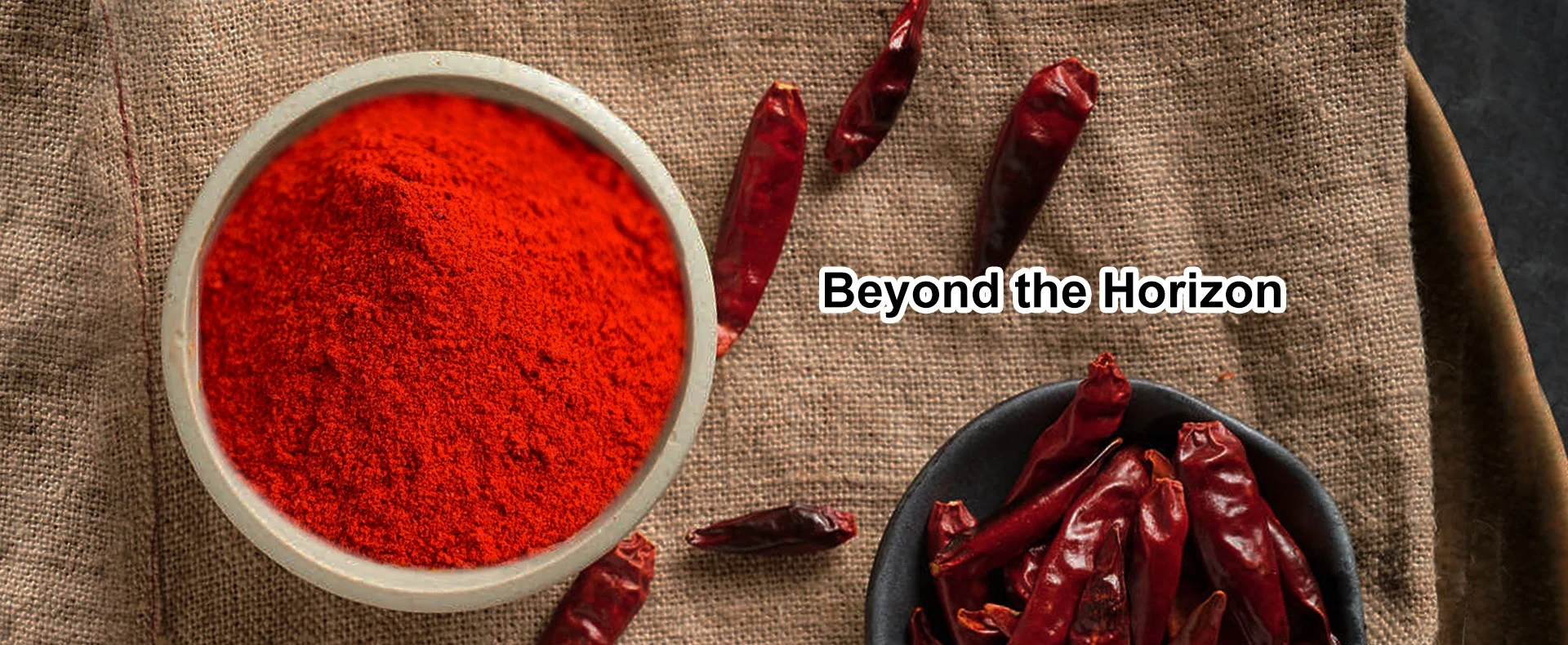- No. 268 Xianghe Street, Economic Development Zone of Xingtai city, Hebei 054001 China
- Byron@hbhongri.cn
capsicum annuum paprika
The Versatile World of Capsicum annuum A Deep Dive into Paprika
Capsicum annuum, commonly known as paprika, is a variety of pepper belonging to the Solanaceae family, which includes other popular members like tomatoes and eggplants. This exciting plant has garnered global attention not just for its vibrant color and unique flavor profile but also for its myriad of uses in culinary arts and traditional medicine.
Origins and Varieties
Paprika has its origins rooted in Central and South America, where indigenous peoples cultivated numerous varieties of chili peppers thousands of years ago. It was brought to Europe in the 16th century by Spanish explorers, eventually spreading to the rest of the continent. Different regions developed their variants of paprika based on local growing conditions, leading to the rich diversity we see today. The most well-known types of paprika come from Hungary and Spain, where they are integral to many dishes and hold cultural significance.
Cultivation and Growth
Capsicum annuum prefers warm climates and is typically grown in well-drained, fertile soil with plenty of sunlight. The plants thrive in temperatures ranging from 70°F to 85°F (21°C to 29°C), and proper irrigation is essential for optimal growth. Farmers often choose to start seeds indoors before transplanting them outside to give the plants a head start.
Cultivating paprika doesn’t just contribute to the culinary landscape; it also bolsters local economies. In regions like Hungary, paprika production is a key agricultural activity, supporting farmers and enhancing the uniqueness of local dishes.
Culinary Uses
Paprika is perhaps best known for its culinary applications. Its range of flavors can vary from sweet and mild to hot and spicy, depending on the specific variety. The vibrant red color also serves not just as a flavor enhancer but also adds visual appeal to dishes.
In Hungarian cuisine, paprika is a cornerstone ingredient, found in classics such as goulash and chicken paprikash. Spanish varieties are commonly used to make chorizo and provide flavor in paellas. Beyond these traditional uses, paprika is also a popular spice for seasoning everything from appetizers to main courses in various international cuisines, including Middle Eastern, Mediterranean, and even Asian culinary practices.
capsicum annuum paprika

Nutritional Value
Beyond its culinary versatility, Capsicum annuum offers several health benefits. Paprika is packed with vitamins A, C, and E, and serves as an excellent source of antioxidants. Its vibrant red pigment comes from carotenoids, which are known for their anti-inflammatory and antioxidant properties. Studies indicate that the consumption of paprika can help in improving eye health, boosting immunity, and even promoting healthy skin.
Moreover, paprika contains capsaicin, a compound found in all chili peppers. Capsaicin is known for its potential to boost metabolism and aid in weight loss, making paprika a nutritious addition to a balanced diet.
Medicinal Applications
Traditional medicine has recognized the benefits of Capsicum annuum for centuries. Various cultures have used paprika in home remedies for ailments ranging from digestive issues to circulatory problems. Its antimicrobial and anti-inflammatory properties have also made it a focus of modern research, exploring potential applications in treating conditions like arthritis and cardiovascular diseases.
Cultural Significance
Paprika is not just a spice; it has significant cultural importance in many countries. In Hungary, for instance, the spice is celebrated in numerous festivals, and high-quality paprika is a source of national pride. The vibrant red powders symbolize the warmth and richness of Hungarian culture, and its production methods have been passed down through generations.
Conclusion
Capsicum annuum, particularly in its powdered form as paprika, is an extraordinary member of the pepper family that has profoundly impacted global cuisine, agriculture, and health. Its versatility makes it not only a staple in countless kitchens but also a cherished component of various cultural identities. As we continue to explore the benefits and applications of this remarkable pepper, we may only just be scratching the surface of its potential. From enhancing flavors to promoting wellness, paprika holds a special place in the hearts and tables of many across the globe.







